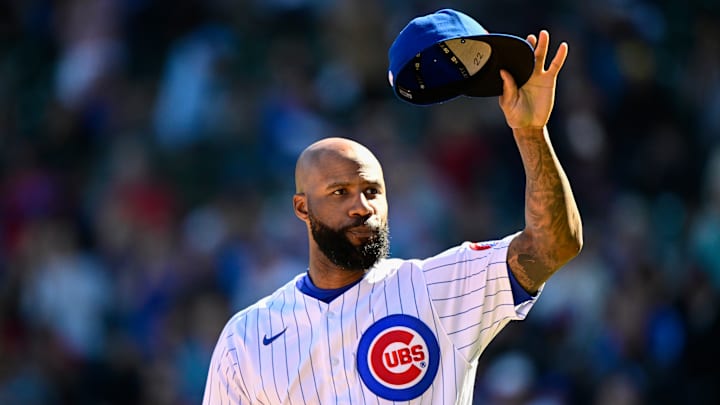7. Neifi Perez - 2 Years, $5 Million (2006)
The Cubs handed Neifi Perez a two-year, $5 million deal on the heels of a one-year, $1 million deal they gave him after adding him to the fold in 2004. He was a hot hand for the team in the final weeks of that 2004 season and, somehow, that stretch was enough to fool the front office into thinking that, all of the sudden, a guy with a career 65 OPS+ had figured out how to produce at the plate.
The following year, Perez did exactly what anyone who knew his track record would expect. Despite batting ,274, he failed to even get to the .300 mark in terms of on-base percentage thanks to the worst walk rate in the entire Senior Circuit. Admittedly, he was a very strong defender at shortstop, but not to the extent that it made up for him being a black hole offensively.
Looking at UZR (Ultimate Zone Rating), Perez at +6.4; DRS (Defensive Runs Saved) was even more bullish on his glovework, at an elite mark of +17 on the year. The following year, though, defensive metrics soured on him in a big way that, when paired with a 53 OPS+, spelled the end of the line for the veteran in Chicago.
